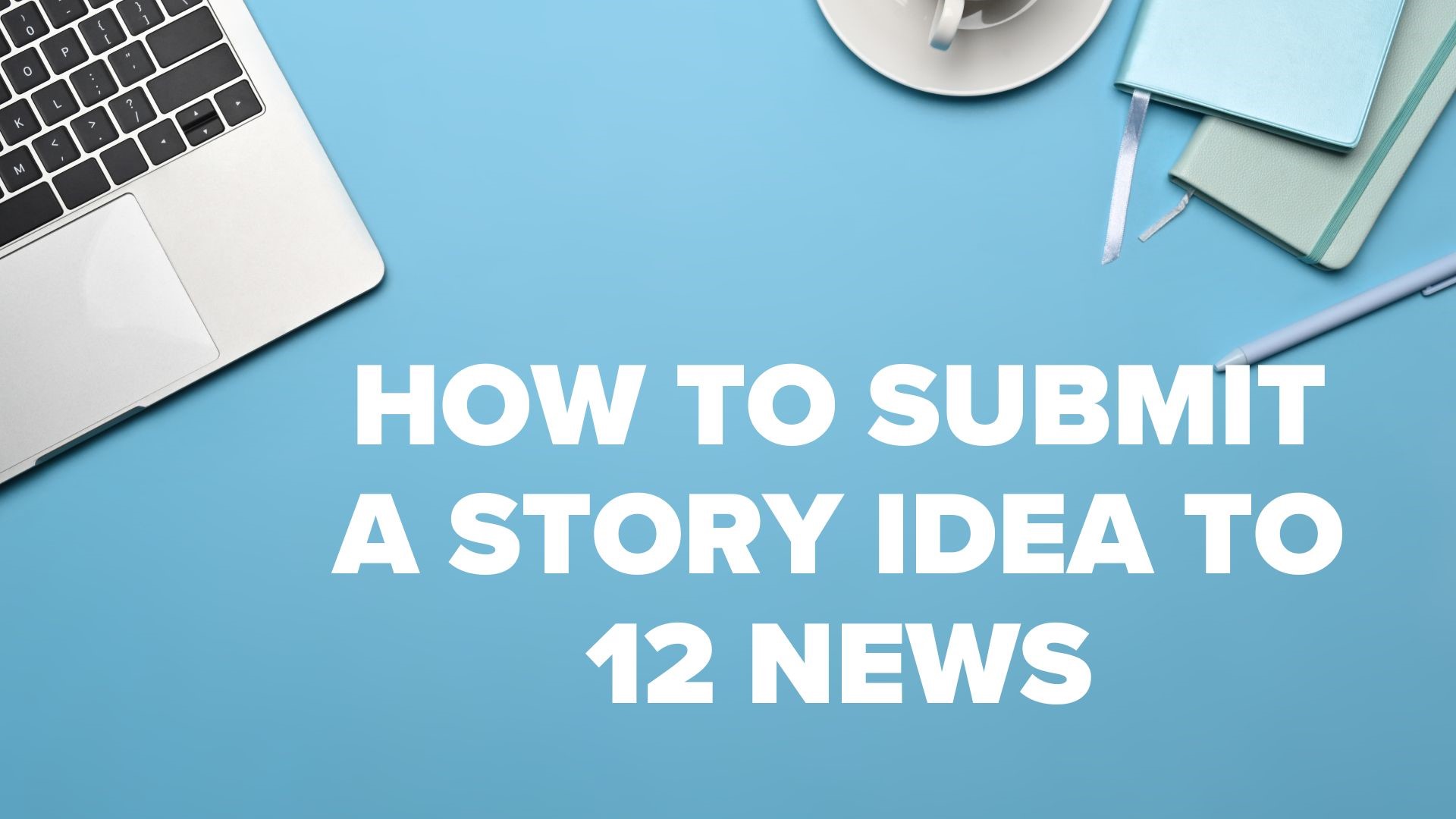FLAGSTAFF, Ariz. — The U.S. government is embarking on an effort to record the oral histories of survivors and descendants of boarding schools that sought to “civilize” Indigenous students, often through abusive practices.
The Interior Department announced a partnership with the National Endowment for the Humanities on Wednesday to document the experiences of thousands of Native American, Alaska Native and Native Hawaiian students at federally funded schools across the country.
The National Endowment for the Humanities contributed $4 million for the project and will look for other ways to support research, educational programming and gatherings, the group said.
“The first step toward addressing the intergenerational consequences of these schools is to squarely acknowledge and examine the history of a federal system intended to separate families, erase Native languages and cultures, and dispossess Native peoples of their land,” National Endowment for the Humanities' Chair Shelly Lowe said in a statement.
The endowment has supported other efforts, including a permanent exhibit on boarding schools at the Heard Museum in Phoenix and a project to digitize and transcribe records at the Genoa Indian School in Nebraska.
Interior Secretary Deb Haaland, who is a member of Laguna Pueblo in New Mexico, has prioritized publicly examining the trauma caused by the schools. The department released a first-of-its kind report pointing out 408 schools the federal government supported. Religious and private institutions that ran many of the schools received federal funding and were willing partners in assimilating Indigenous students.
The U.S. enacted laws and policies in 1819 to support the schools, most of which closed long ago. None still exist to strip students of their identities.
Victims and survivors of government-backed boarding schools have been sharing emotional stories during a “Road to Healing” tour organized by the Interior Department. They have recalled being locked in basements as punishment, hair being cut to stamp out their identities, and physical and mental abuse.
Lowe, who is Navajo, attended sessions in Many Farms on the Navajo Nation and in Tulalip and heard former boarding school students talk about the effect the schools had their adult lives, and within their families and communities. Those include the diminishment of Native languages and cultures, she said.
“It is also clear tribal leaders and family members want to find avenues for healing for these former students while strengthening and expanding the teaching, use, and revitalization of Indigenous languages and cultural practices across their tribal nations,” she told The Associated Press.
The Interior Department found in the first volume of an investigative report on boarding schools that at least 500 children died at some of the schools, though the number is expected to increase dramatically as research continues. A second volume is expected by the end of the year, the agency said.
Interior used existing resources to begin the work. Congress allocated $14 million over the past two fiscal years, the agency said.
The tour has made stops in Oklahoma, South Dakota, Michigan, Arizona, the Navajo Nation and, most recently in Washington on the Tulalip Indian Reservation.
The oral history collection is an extension of the tour and comes at the request of Indigenous communities, Haaland said. It will ensure that future generations can learn from those stories, she said in a statement. "This is one step, among many, that we will take to strengthen and rebuild the bonds within Native communities that federal Indian boarding school policies set out to break," Haaland said.
Up to Speed
Catch up on the latest news and stories on the 12News YouTube channel. Subscribe today.

